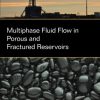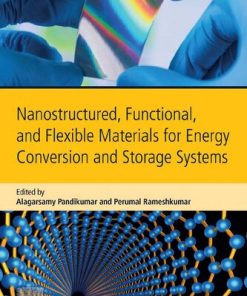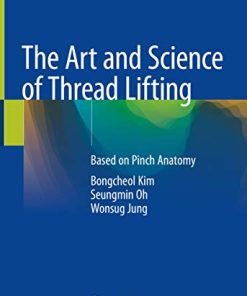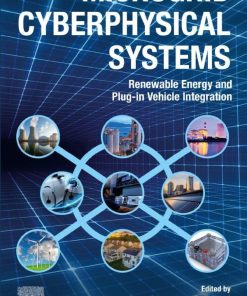From Pinch Methodology to Pinch-Energy Integration of Flexible Systems 1st Edition Edition Assaad Zoughaib (Auth.)
$50.00 Original price was: $50.00.$25.00Current price is: $25.00.
From Pinch Methodology to Pinch-Energy Integration of Flexible Systems – Ebook Instant Download/Delivery ISBN(s): 9780081017968

Product details:
- ISBN-10 : 1785481940
- ISBN-13 : 9780081017968
- Author(s): Assaad Zoughaib
Current changes to the energy market, as well as an ambition to achieve decarbonation and highly energy efficient systems, will lead to a fundamental change in the way in which energy systems are designed and managed. In particular, the growth of renewable and renewed energy will introduce a level of design and management complexity with a greater need for efficient energy storage.
Beginning with the earliest methodologies (pinch), this book explores the methodology and tools necessary for the design of flexible energy efficient systems. In addition to studying the related literature, the author details original developments where exergy consumption is introduced as an objective function to minimize in mathematical programming models for both continuous and batch processes.
Most of these developments were made in the Center for Energy Efficiency of Systems at Mines ParisTech and reported in PhD dissertations and published articles. The whole methodology is implemented in the open source CERES platform.
Table contents:
Introduction, Context and Motivations
I.1 Systemic constraints
I.2 Energy consumption and production
I.3 Current and future regulations – constraints on industrial actors
I.4 Book motivations and organization
1: Energy Integration of Continuous Processes: From Pinch Analysis to Hybrid Exergy/Pinch Analysis
Abstract
1.1 Pinch analysis
1.2 Exergy-based methodology for thermodynamic system systematic integration
1.3 Heat exchanger network synthesis
1.4 Process modification guided by the pinch–exergy methodology
2: Variable and Batch Processes Energy Integration Techniques: Energy Storage Optimal Design and Integration
Abstract
2.1 Why is energy integration of discontinuous processes (EIDP) important?
2.2 Heat exchange types in discontinuous processes
2.3 Heat storage types
2.4 Different energy integration methods for discontinuous processes
2.5 Time average model
2.6 Time slice model
2.7 Rescheduling
2.8 Introducing heat storage
2.9 Description of heat integration network
2.10 Inputs and outputs of the model
2.11 MILP formulation of the optimization problem
2.12 Function to optimize
2.13 Case studies
2.14 The dairy cleaning processes
3: Exergy-based Methodology for Cycle Architecture and Working Fluid Selection: Application to Heat Pumps
Abstract
3.1 Methodology description
3.2 Cycle architecture analysis
3.3 Working fluid selection criteria
3.4 Mathematical optimization of cycle architecture and operating parameters
3.5 Heat pump in a dairy process example
Conclusion
Bibliography
Index
People also search:
energy pinch analysis
pinch method
pinch methodology
a pinch measurement
pinch estimating
the pinch effect
You may also like…
Uncategorized
The Art and Science of Thread Lifting: Based on Pinch Anatomy 1st ed. 2019 Edition, (Ebook PDF)
Computers - Networking
Children's Books - Literature & Fiction












